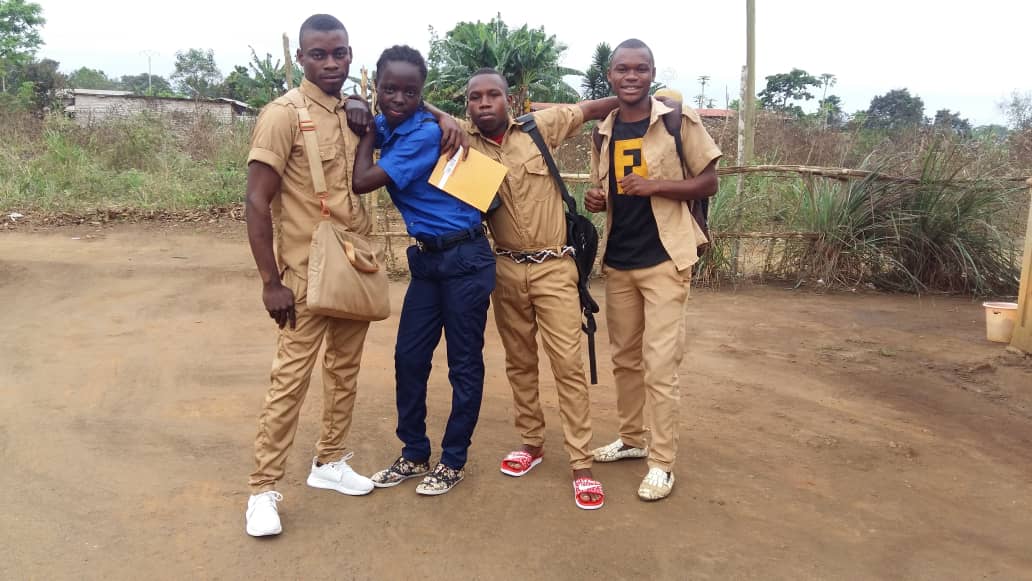
For many indigenous communities, education used to stop at the middle school level. For instance, until 2012, no indigenous child in the Bambama district had ever attended high school.
In fact, many children even declined to take the BEPC exam to enter high school. Various factors influenced this decision. Firstly, there was a prevailing myth among them that an indigenous child could never pass the BEPC. They believed that high school was closed off to indigenous people because historically, no child from their community had ever gained access.
The second influential factor was the foreknowledge among the indigenous community that they couldn’t support their children’s education in town, covering expenses for housing, nutrition, health, and school fees. Consequently, they preemptively decided to withdraw their children from school at the secondary level.
Our awareness campaigns in schools contributed significantly to dispelling this myth. Additionally, our 100% educational support instilled confidence in the children regarding formal education, encouraging them to put more effort into their studies. We also built a boarding school in Sibiti specifically for indigenous children, which motivated many to continue their education.
As a result, we’ve witnessed the first high school students from several indigenous communities in history. Presently, we have 8 indigenous children attending high school, accommodated and provided meals in our boarding facility.
This achievement has played a crucial role in generating greater interest in formal education among many children and parents.
